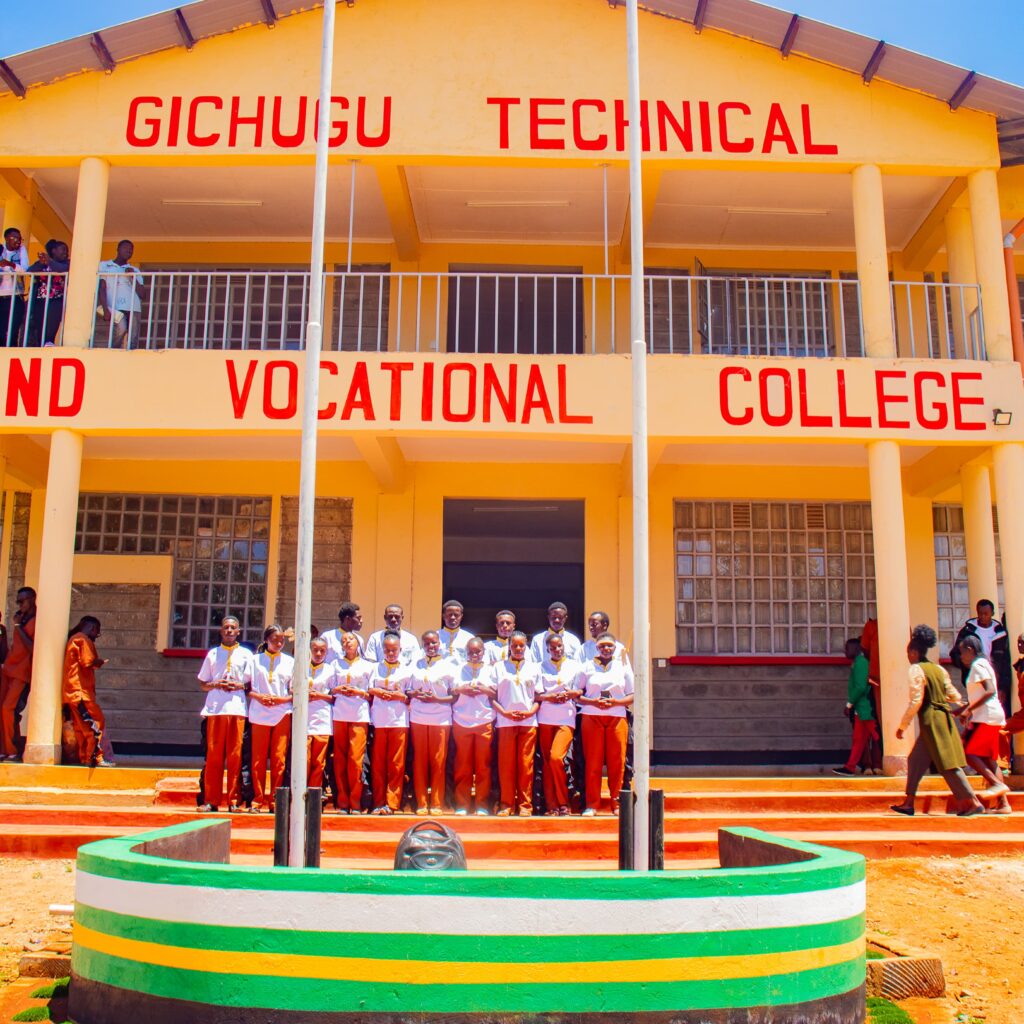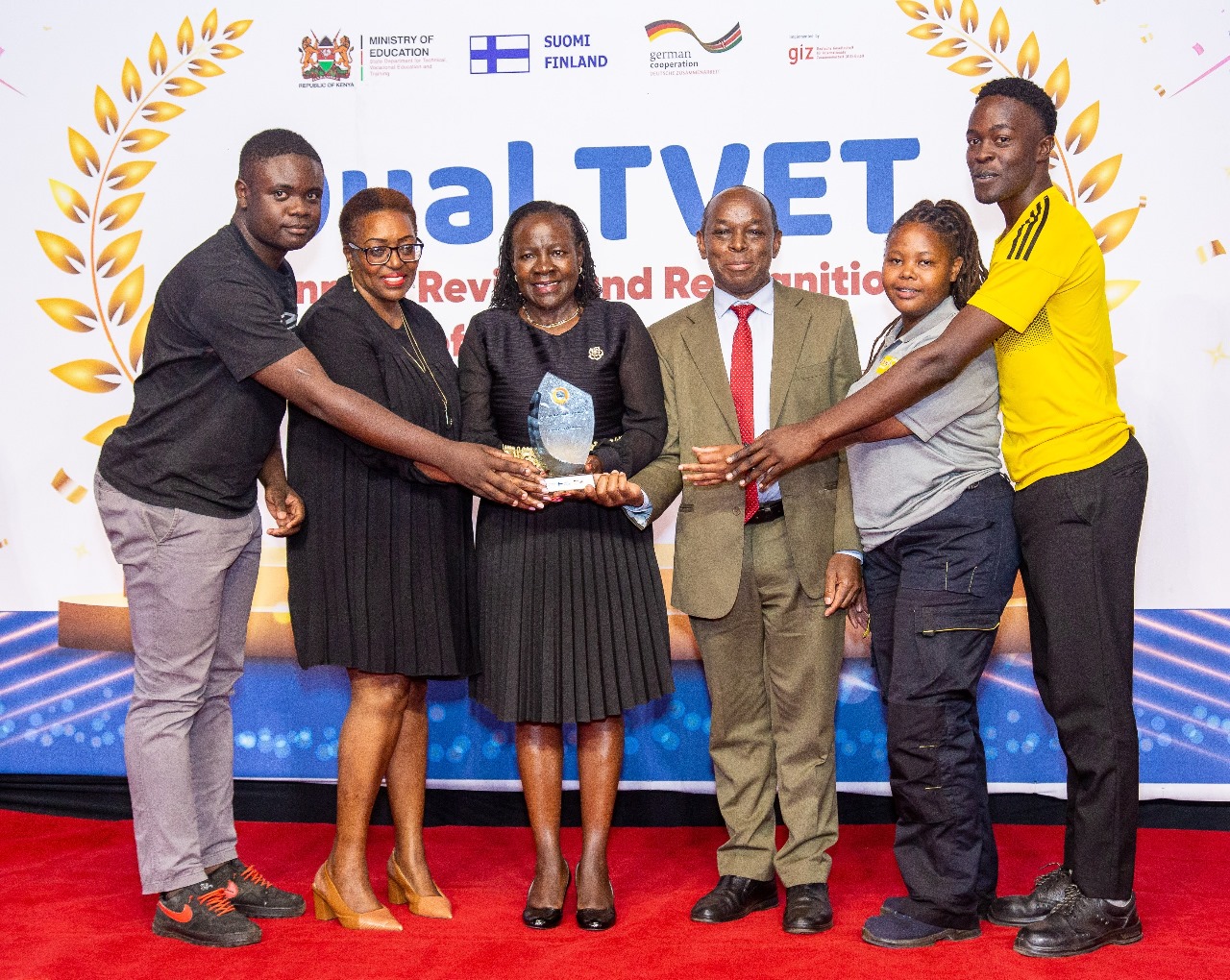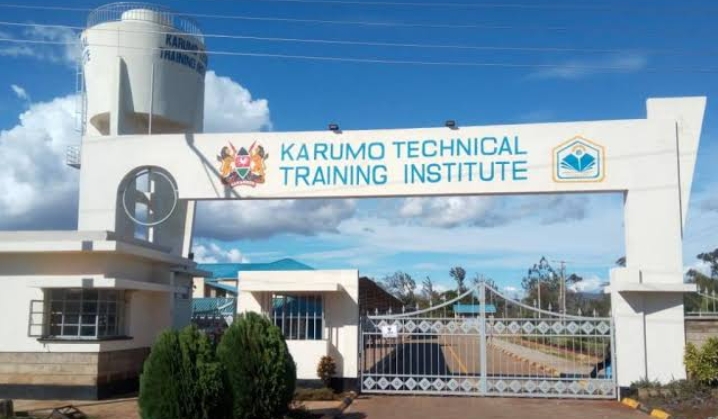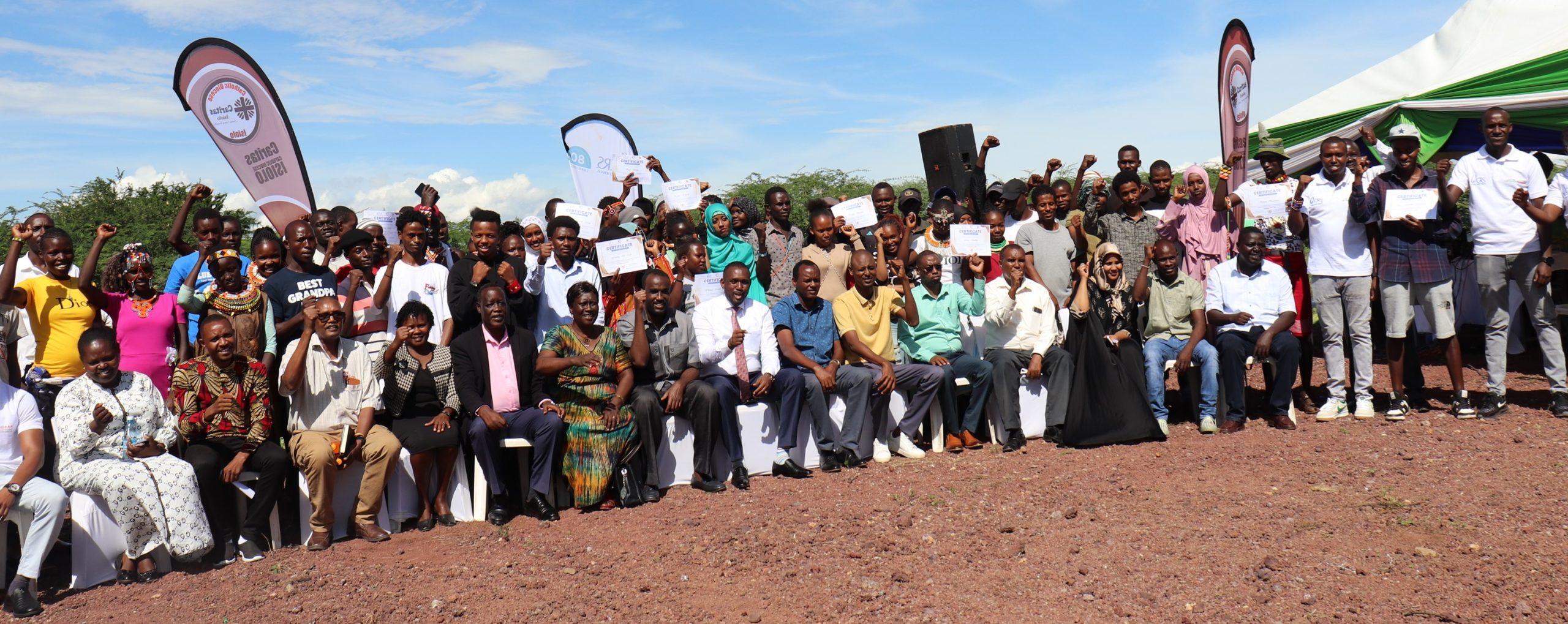The Kenyan government is in high gear, preparing for one of the most significant shifts in its education system, the transition of Junior Secondary School (JSS) learners to senior secondary school in January 2026. At the heart of this preparation is a comprehensive training program for over 400 County trainers, with a critical focus on guiding students towards Technical Vocational Education and Training (TVET).
The initiative, spearheaded by the Ministry of Education and facilitated by the Centre for Mathematics, Science and Technology Education in Africa (CEMASTEA), is designed to equip Heads of Departments (HoDs) with the skills to manage the new Competency-Based Education (CBE) curriculum effectively.
The Three Pathways: Where TVET Finds Its Home
Under the new senior school structure, students will choose from three career pathways:
- Science, Technology, Engineering, and Mathematics (STEM) – 60% of students
- Social Sciences – 25% of students
- Arts and Sports – 15% of students.
For the TVET sector, the Social Sciences pathway is particularly significant. This pathway is designed to feed directly into the specialised world of technical and vocational training.
The Direct Pipeline from Grade 12 to TVET
Elias Abdi, the Director General for Basic Education, confirmed that the government has developed a comprehensive program to guide this transition. He revealed a key detail that directly impacts the vocational training ecosystem.
This confirms a structured pipeline from senior school directly into TVET institutions, ensuring that students who pursue the Social Sciences and other pathways have a clear, guided route to further specialise in technical skills.
The ongoing workshops, themed “Enhancing the Capacity of STEM Heads of Departments to manage transition to Competency-Based Education,” are not just about STEM. They aim to create a holistic understanding of all pathways.
Acting Director of STEM Training at CEMASTEA, Patrick Ogolla, emphasised that the modern economy demands a workforce that is “adaptable and capable of innovation.” He stated:
“The shift to competency-based teaching is designed to ensure that learners are prepared for multiple post-secondary pathways.”
This vision aligns perfectly with the mission of Vocational Hub Kenya. By shifting away from a purely academic focus, the new system ensures students are assessed on what they can do, making the transition to hands-on TVET programs a natural next step.
This massive retooling exercise is grounded in national and continental policies. Dr Mugwuku pointed out that the African Union’s Agenda 2063 calls for a prosperous Africa based on “well-educated and skilled citizens underpinned by science, technology and innovation.”
At home, Kenya’s Sessional Paper No. 1 of 2019 recognises science and technology as critical national wealth. The government sees the senior school transition as the foundation for “industrial production of diverse products including digitalisation, nutritional, agricultural and indigenous knowledge-based innovations” – all fields where TVET graduates are the primary workforce.
This strategic move is poised to dramatically increase the quality and quantity of students entering the vocational training sector, ultimately building a more robust, skilled, and competitive Kenyan workforce.



















































Leave a Reply